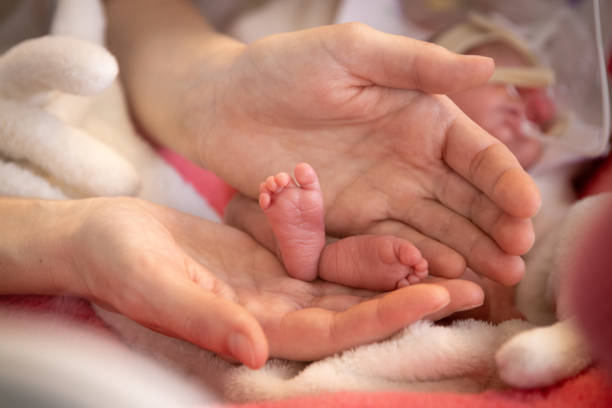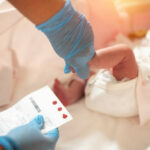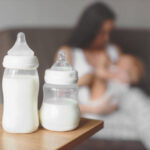Neonatal Respiratory Distress Syndrome (NRDS) is one of the most common and serious breathing disorders in newborns, especially in premature babies. It occurs when a newborn’s lungs are not fully developed and lack a critical substance called surfactant, which helps keep the air sacs open for normal breathing.

🚨 Why Are Premature Babies at the Highest Risk?
The lungs begin developing early in pregnancy, but they are not fully mature until around 36-37 weeks of gestation. Babies born before 34 weeks have a high risk of NRDS because their lungs do not produce enough surfactant.
Here’s why surfactant is crucial:
🔹 The Role of Surfactant in Breathing
✔ In a healthy newborn, surfactant coats the tiny air sacs (alveoli) in the lungs, preventing them from collapsing after each breath.
✔ Without surfactant, the alveoli collapse, making it difficult for the baby to take in oxygen and remove carbon dioxide.
💡 Fact: The more premature a baby is, the less surfactant their lungs produce, increasing their risk of NRDS.
🗂️ Risk Levels Based on Prematurity
- 👶 Extremely Preterm (Before 28 Weeks): High risk – Lungs are severely underdeveloped, and surfactant production is minimal.
- 👶 Very Preterm (28-32 Weeks): Moderate to high risk – Some surfactant may be present, but not enough for proper lung function.
- 👶 Late Preterm (32-36 Weeks): Lower risk – Surfactant production increases significantly after 34 weeks.
- 👶 Full-Term (37+ Weeks): Very low risk – Lungs are typically fully developed, though some babies may still develop NRDS due to other factors.
🩺 Symptoms of NRDS in Premature Babies
Signs of NRDS usually appear within minutes to hours after birth and include:
❌ Rapid, shallow breathing (Tachypnea)
❌ Grunting sounds when exhaling
❌ Nasal flaring (widening of the nostrils)
❌ Retractions (chest muscles pulling in with each breath)
❌ Bluish skin (Cyanosis) due to low oxygen levels
Without medical intervention, NRDS can quickly worsen, leading to severe oxygen deprivation and complications.
📊 How Common Is NRDS in Premature Babies?
- Affects 50-60% of babies born before 28 weeks
- Affects 25% of babies born at 30-32 weeks
- Affects <5% of babies born after 34 weeks
This direct link between prematurity and NRDS is why doctors closely monitor and prepare for respiratory support in preterm deliveries.
💡 Can NRDS Be Prevented?
Yes! Medical advances have significantly reduced NRDS risks in preterm babies. Here’s how:
✔ Prenatal Steroid Injections: Given to mothers at risk of preterm birth to boost lung maturity.
✔ Surfactant Replacement Therapy: Administered immediately after birth to help preterm babies breathe.
✔ Respiratory Support (CPAP or Mechanical Ventilation): Ensures oxygen delivery to underdeveloped lungs.
📌 Final Thoughts
Premature babies face the highest risk of Neonatal Respiratory Distress Syndrome because their lungs are underdeveloped and lack surfactant. The earlier a baby is born, the greater the risk, but advances in neonatal medicine have significantly improved survival rates.







